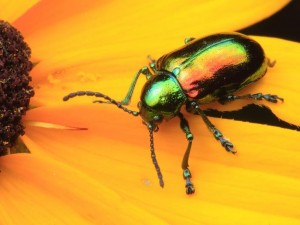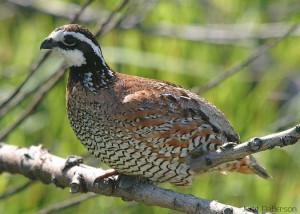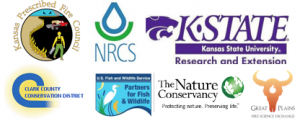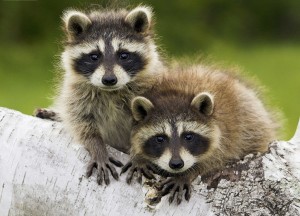Sportsmen, conservation organizations and outdoor personalities met at the U.S. Sportsmen’s Alliance (USSA) headquarters July 22 to develop strategies to counter the recent increase in cyber-attacks on hunters.
The group makes up the Hunter Advancement Task Force with most members sharing a common theme of having been targeted by animal rights activists through social media.
“This is a great opportunity to start developing ways to hold those responsible for the recent wave of cyber-attacks against sportsmen accountable,” said Nick Pinizzotto, USSA president and CEO. “The task force is not only working to stop direct attacks on hunters but also discussing how best to educate the public on the vital role sportsmen play in the conservation of all wildlife.”
Attendees included outdoor television personalities Melissa Bachman and Jana Waller, Colorado hunter Charisa Argys along with her father Mark Jimerson, Doug Saunders of the National Wild Turkey Federation, Bill Dunn of the National Shooting Sports Foundation, John Jackson of Conservation Force, Dennis Foster of the Masters of Foxhounds Association, Tony Schoonan of the Boone and Crockett Club and Mark Holyoak of the Rocky Mountain Elk Foundation. Other attendees included USSA President and CEO, Nick Pinizzotto, Evan Heusinkveld, USSA vice president of government affairs, Bill Horn, USSA director of federal affairs, Michelle Scheuermann of Bullet Proof Communications and author Michael Sabbeth.
Bachman, a television producer and host, found her life and career threatened after posting a photo of an African lion she harvested to her Facebook page last year. Almost immediately, Bachman came under attack from anti-hunters around the world. Bachman also found herself the target of death threats that “hit way too close for comfort” when anti-hunters showed up at her office.
“Regardless of your beliefs about hunting, Americans can all agree that threatening someone’s life is simply unacceptable.” said Bachman.
Other members of the task force have also had personal experiences with cyber-bullying including Waller who has had not only threats to her life, but also to her career. Waller, the star of Skull Bound TV, found herself having to defend her livelihood after an anti-hunter called her show sponsors to accuse her of poaching.
“The whole issue of harassment is so important,” said Waller. “I am scared it is going to deter people from standing tall and proud as hunters.”
While attacks on outdoor-celebrity hunters have been going on for years, average hunters have largely avoided the wrath of the anti-hunting community. Earlier this year, however, Charisa Argys was thrown into the spotlight when a picture of her legally harvested mountain lion appeared online. The image brought a flood of criticism and threats not only to her, but to family members as well.
“Just because some anti-hunters in Europe went ballistic over a legal hunt, this issue is going to be associated with me for the rest of my life,” said Argys. “It is never going to go away. It’s going to be there forever. It could affect my job prospects and my life.”
This initial task force meeting was just the first of many to develop short and long-range strategies to protect hunters from cyber harassment.
“In the short term we are developing aggressive legal approaches to pursue both civil and criminal legal actions to prosecute anti-hunting harassers.” said Bill Horn, USSA director of federal affairs. “In the long term, we would like to cultivate strategies to provide additional legal protections for hunters who are finding themselves the target of cyber bullying.”
Pinizzotto added, “What this group discussed today and the ideas generated are a terrific first step in protecting hunters now and in the future. We have some of the brightest minds in our industry working on this critical issue. I look forward to continuing this discussion and adding additional key groups and individuals to the team in the coming weeks.”








